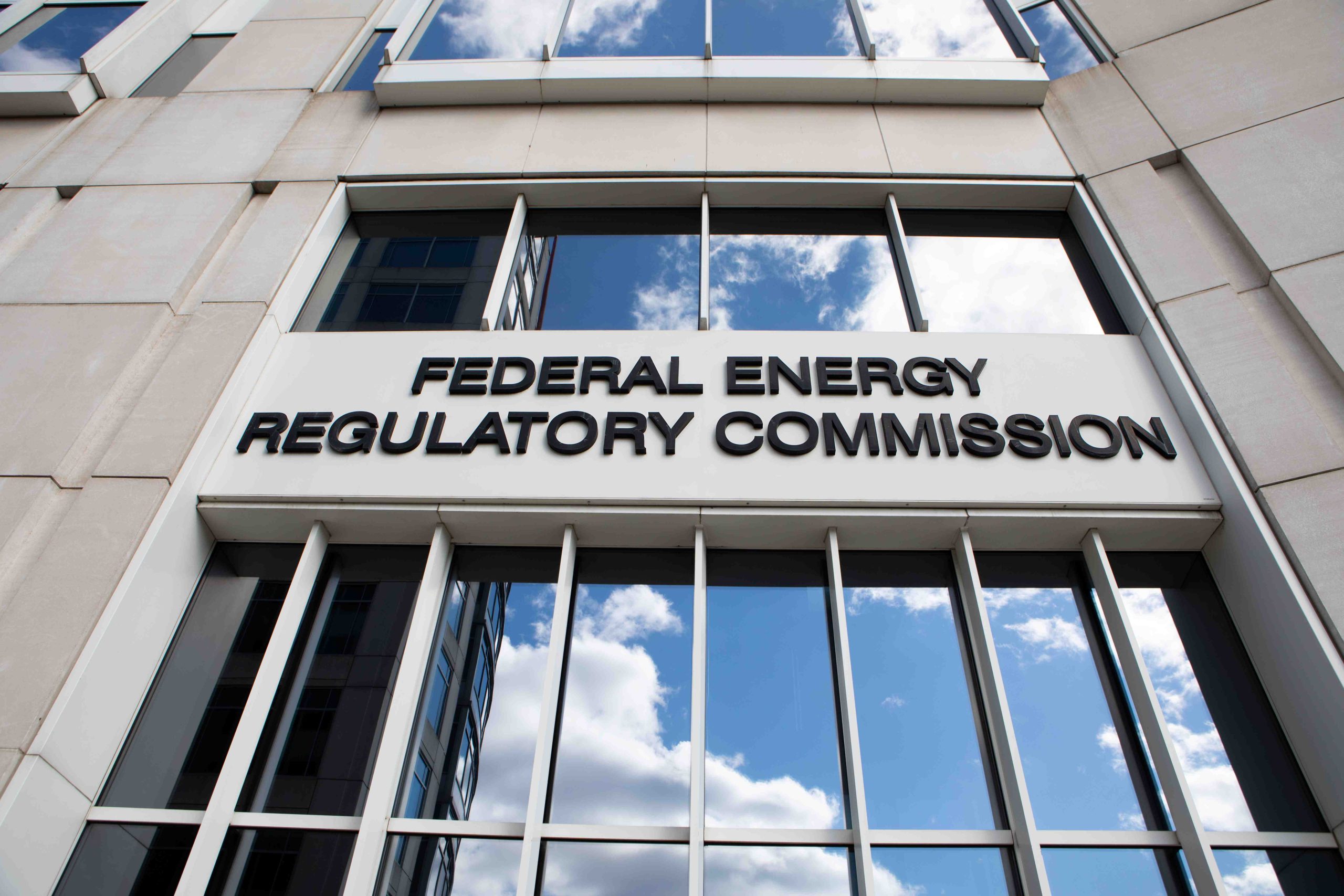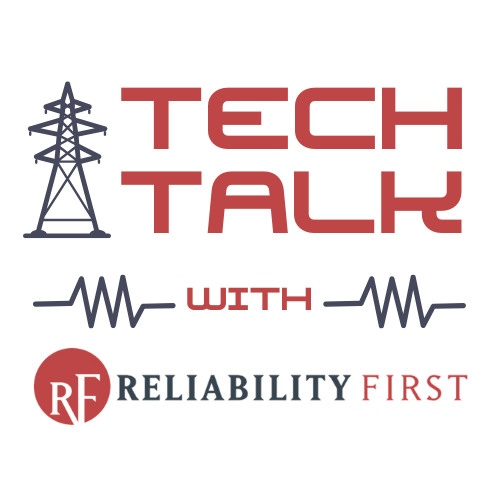
State Energy Insights: May 2025
Grid Reliability and Regulatory Updates from ReliabilityFirst
Upcoming Events

May 15, 10-11 a.m. ET | FERC Open Meeting
The Federal Energy Regulatory Commission (FERC) will hold an open meeting on Thursday, May 15. There will be a webcast link available on the FERC website.

May 27, 8:30-10 a.m. ET | Tech Talk with RF
Join us for our next Tech Talk on Tuesday, May 27! Bill Smith will be discussing the impact of renewable generation on Power Systems Operation through a simulated OPS-X exercise, an interactive training tool developed by his company, Powersmiths International.
 Sept. 8-10, 2025 | RF Fall Reliability & Security Summit
Sept. 8-10, 2025 | RF Fall Reliability & Security Summit
Save the date for RF’s 2025 Fall Reliability & Security Summit! This year’s event is planned for Sept. 8-10 in the Washington, D.C., area. Stay tuned for more details.
 Nov. 18-19, 2025 | GridEx VIII
Nov. 18-19, 2025 | GridEx VIII
GridEx is the largest grid security exercise in North America, hosted every two years by the NERC Electricity Information Sharing and Analysis Center (E-ISAC). It offers E-ISAC member and partner organizations a forum in which to practice how they would respond to and recover from coordinated cyber and physical security threats and incidents.
The last event in 2023 saw more than 15,000 participants come together from approximately 250 North American organizations, including the electric industry, cross-sector partners from gas and telecommunications, and U.S. and Canadian government partners.
News & Updates
 Impact Report highlights collaboration, outreach, and compliance work at center of RF’s mission to ensure electric grid reliability and security
Impact Report highlights collaboration, outreach, and compliance work at center of RF’s mission to ensure electric grid reliability and security
ReliabilityFirst published its 2024 Impact Report, highlighting the value of our collaboration, outreach and compliance efforts to ensure the reliability and security of the electric grid.
This document captures RF’s work in action in 2024, as well as some of the trends and takeaways we’ve seen in the enforcement and noncompliance space as well as potential threats to the grid.
The Impact Report also serves as a great high-level resource for our stakeholders to better get to know our organization at a glance.
Click here to read the full report and watch our video below.
 NERC chief engineer highlights potential grid disturbances attributable to data centers
NERC chief engineer highlights potential grid disturbances attributable to data centers
NERC Chief Engineer Mark Lauby presented at FERC’s April open meeting about potential grid disturbances attributable to data centers, and cited examples of large offline trips in Virginia and Texas.
The risk associated with losing multiple large loads is the disruption of frequency leading to potential trips across the system (discussed in a recent NERC incident review report).
To address this emerging risk, NERC has assembled a Large Load Task Force to make recommendations. NERC is also considering rule changes requiring registration for large loads (or the entities serving the load), and crafting reliability standards to minimize the risk of simultaneous large load trips. NERC’s announcement contains additional information.
 FERC issues joint performance report on January 2025 arctic events
FERC issues joint performance report on January 2025 arctic events
On April 17, FERC released the joint FERC, NERC, and Regional Entity System Performance Report on January 2025 Arctic Events. The report focuses on the grid’s performance during January 2025’s winter storms Blair, Cora, Demi, and Enzo. The report team sent information requests to and met with ten participating sample entities across the Eastern and Texas Interconnections.
The report states that between Jan. 21-22, 2025, natural gas demand peaked at 150 Bcf/day, electric demand peaked at 683 GW (including new demand peaks for many entities), and unplanned generator outages peaked at 71,022 MW. However, manual load shed was not required during the January events even though they lasted 21 days, a longer period than past winter storms that caused impacts to the grid.
The report states that this improved performance is in part due to better communication and coordination between the natural gas and electric industries. However, this can be inconsistent depending on the natural gas provider at issue, and additional improvements are needed. There was also better coordination within the electric industry, with entities stating that an increase in reliability coordinator-to-reliability coordinator calls helped to prepare for the winter storms.
Many participating entities stated that generators performed better during the January 2025 events than in prior winter storms. The report team looked at the causes of generator outages, and of those that had a reported event cause, 54% were due to mechanical or electrical issues, 34% were due to fuel issues, 18% were due to freezing issues, and 5% were due to other causes. Participating entities noted that generators with dual-fuel capabilities helped maintain reliability during natural gas system constraints, and that battery storage also played a role in maintaining reliability (for example, in ERCOT the rapid deployment of battery storage resulted in batteries providing 3,800 MW during peak demand times).
Entities also said that prior winter storm experiences have helped them improve their load forecasting abilities, which led to less forecasting errors during the 2025 winter storms. The report team concluded that winter preparedness has improved, but that additional improvement is still needed and it is important to continue to implement recommendations from the Winter Storm Uri and Elliott reports, the December 2023 blackstart study, and the January 2024 Winter Storms Gerri and Heather system performance review.
 House Committee on Energy and Commerce holds hearing on AI development in U.S.
House Committee on Energy and Commerce holds hearing on AI development in U.S.
The House Committee on Energy and Commerce held a hearing on “Converting Energy into Intelligence: The Future of AI Technology, Human Discovery, and American Global Competitiveness” on April 9.
The witnesses were Eric Schmidt, chair of the Special Competitive Studies Project and former Google chairman and CEO; Manish Bhatia, executive vice president of Global Operations, Micron Technology; Alexandr Wang, founder and CEO, Scale AI; and David Turk, distinguished visiting fellow, Center on Global Energy Policy, Columbia University, and former deputy secretary of the DOE.
Congress members and witnesses discussed the importance of the U.S. leading the way in AI development, with some noting that it is a national security imperative to develop advanced AI capabilities before China does. Schmidt stated that the amount of energy needed for AI is “profound” and that all forms of energy are needed quickly (from both conventional resources and renewables). There was also discussion on how small modular nuclear reactors could be an ideal energy source for AI, but that these are not currently in use in the U.S. and that the regulatory approval process for them needs to be streamlined. A recording of the hearing is available here.

State Energy Insights from ReliabilityFirst: May 2025